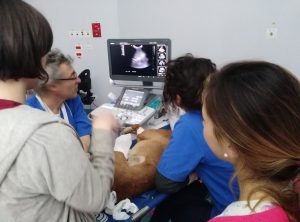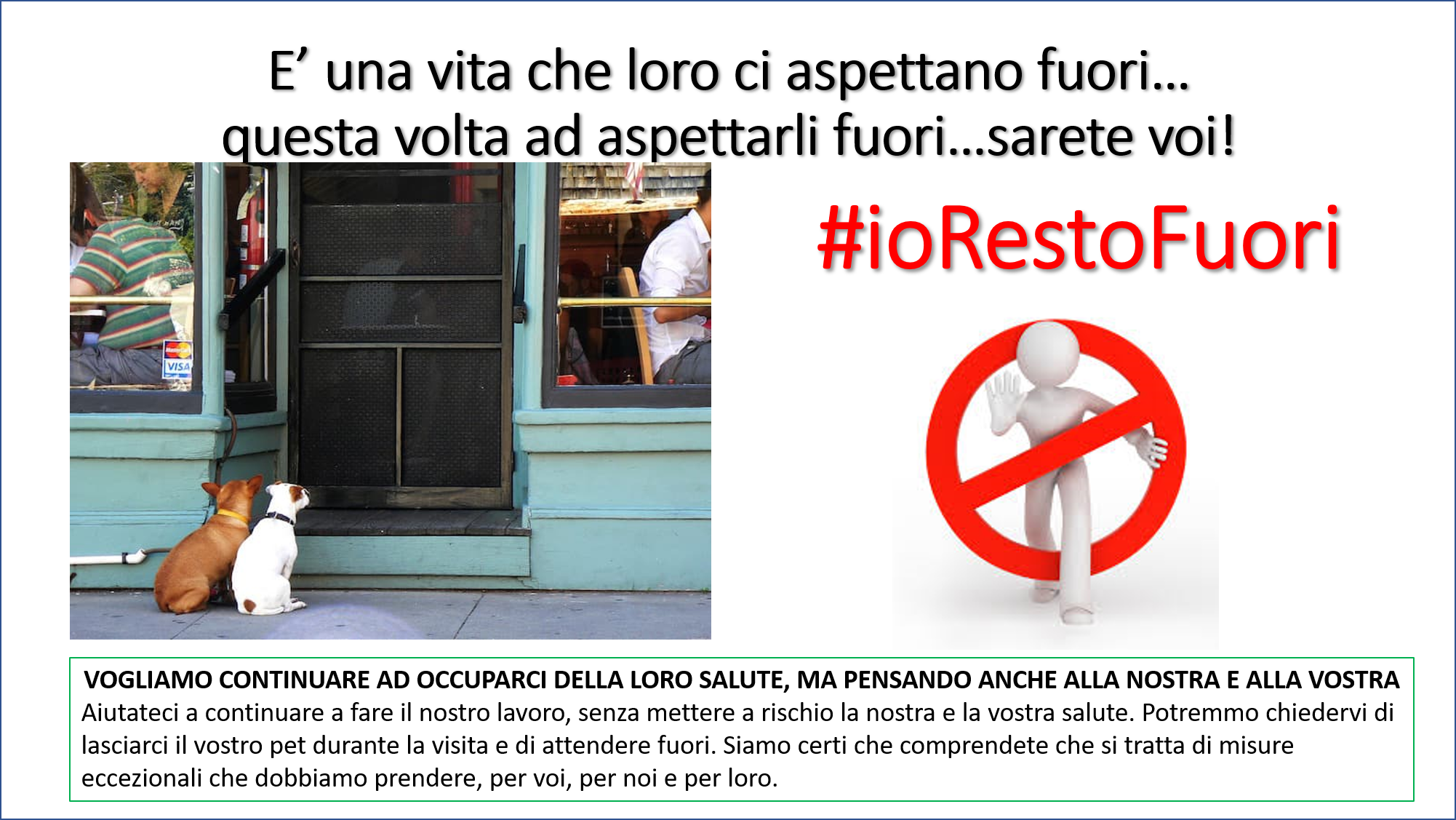Molecular insight into Italian canine parvovirus heterogeneity and comparison with the worldwide scenario.
Tucciarone CM1, Franzo G2, Mazzetto E2, Legnardi M2, Caldin M3, Furlanello T4, Cecchinato M2, Drigo M2.
Molecular insight into Italian canine parvovirus heterogeneity and comparison with the worldwide scenario
Infect Genet Evol. 2018 Dec;66:171-179. doi: 10.1016/j.meegid.2018.09.021. Epub 2018 Sep 23.
Abstract
Canine parvovirus is one of the most frequent pathogens of young dogs, causing severe clinical manifestations. Its phenotypic variability led to an antigenic-based classification into different variants, which have been reported worldwide. To update the Italian distribution of CPV, a molecular survey was performed on 100 geographically-annotated samples collected from 2008 to 2015 by full VP2 sequencing. All three antigenic variants (CPV-2a, 2b, 2c) were detected during the studied period, being CPV-2a the most prevalent (60%). Locally, CPV appeared widely distributed, without any regional or temporal clustering, demonstrating an outstanding and uncontrolled within-country viral spreading. The Italian sequences were also contextualized in the International scenario. The analysis of CPV worldwide molecular epidemiology highlighted the remarkable genetic heterogeneity of the circulating strains and their broad distribution. In fact, a frequent viral exchange among Countries, was proven both over short and long distances, involving haplotypes persisting through time. The reported information on viral dissemination patterns appears crucial for understanding the introduction routes of new variants or strains, which could complicate the epidemiological scenario, affect the disease patterns, show possible differential virulence and clinical relevance of emerging strains especially, and impair the vaccine efficacy.






 Il Direttore Sanitario Dott. Marco Caldin
Il Direttore Sanitario Dott. Marco Caldin